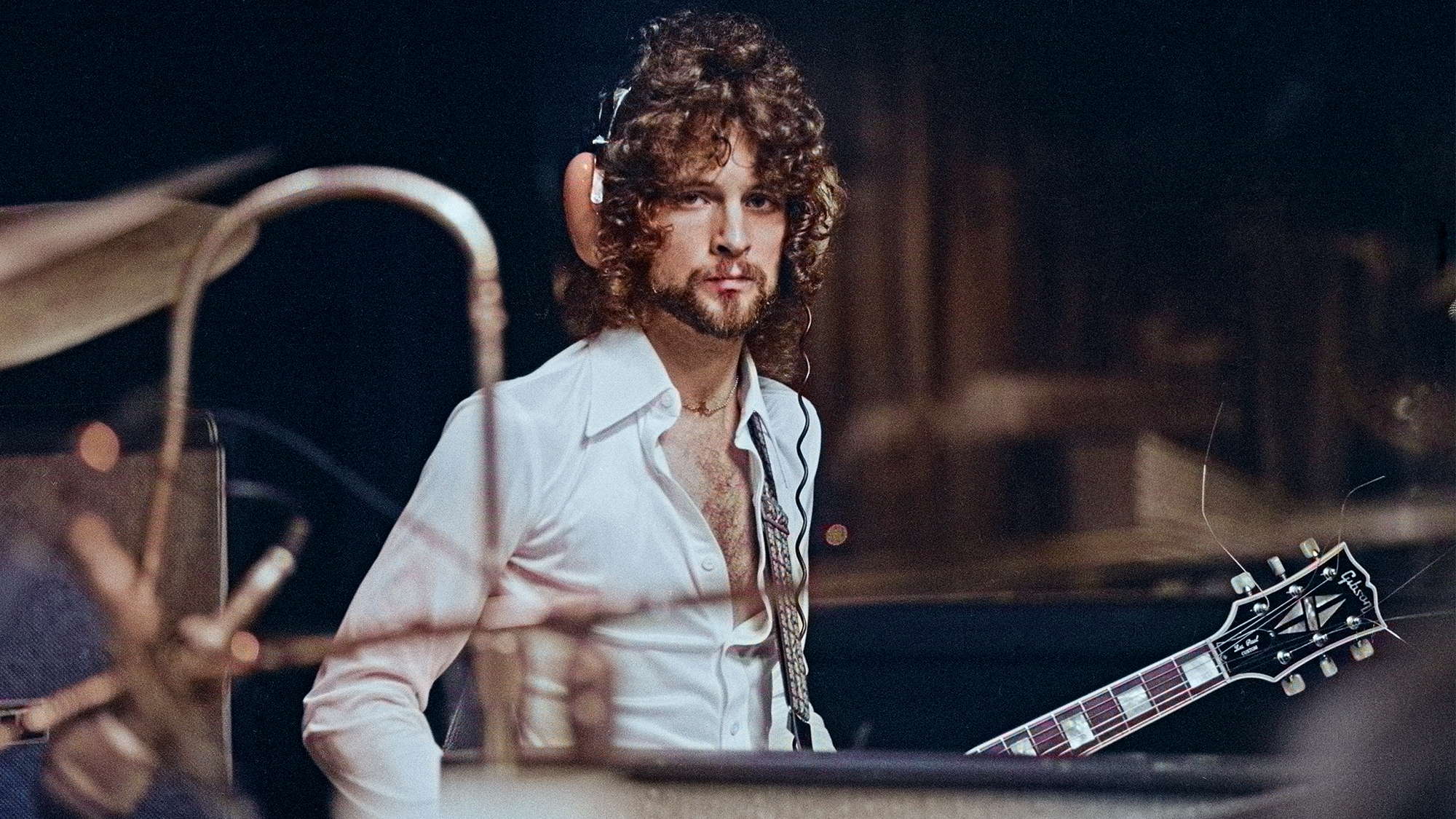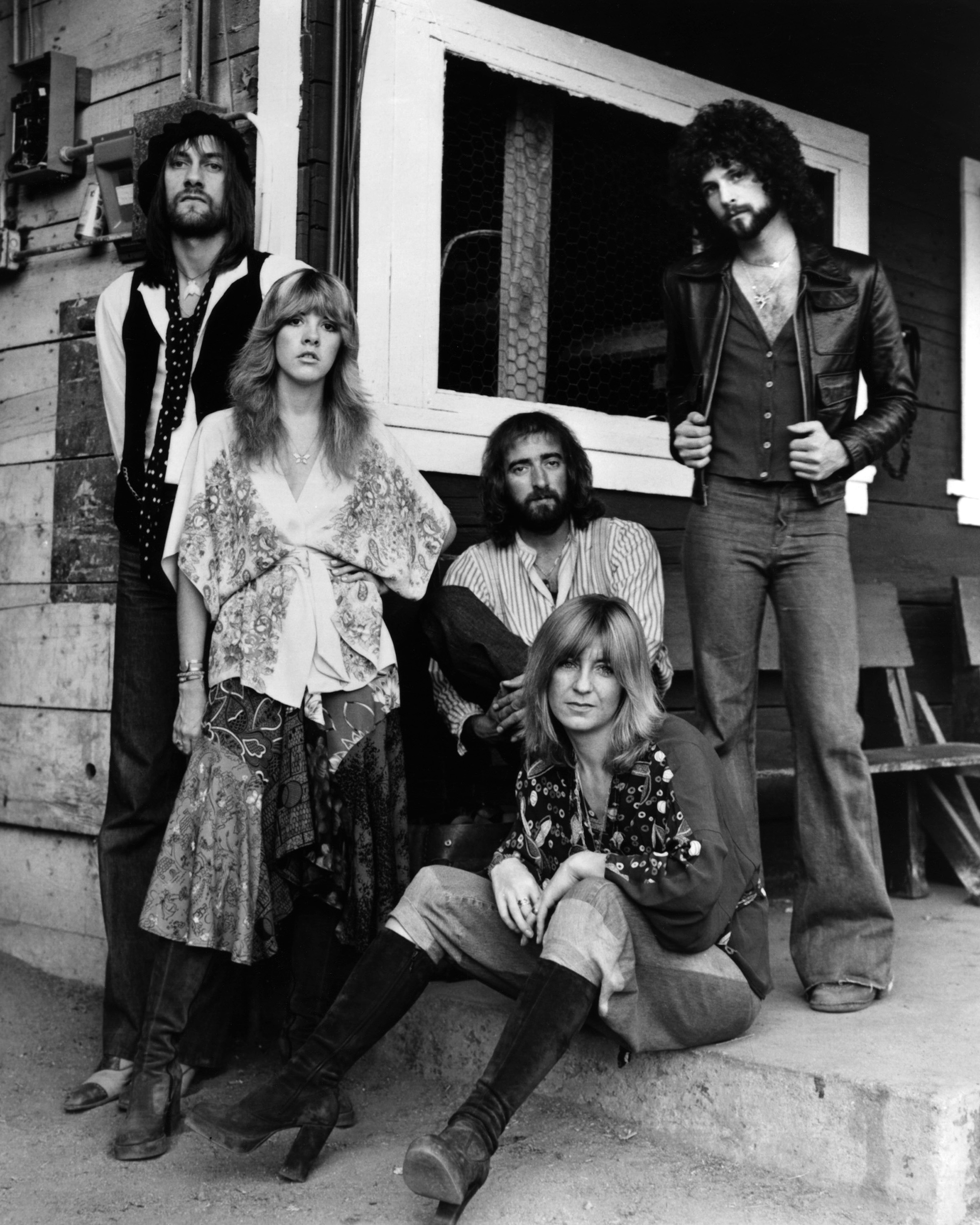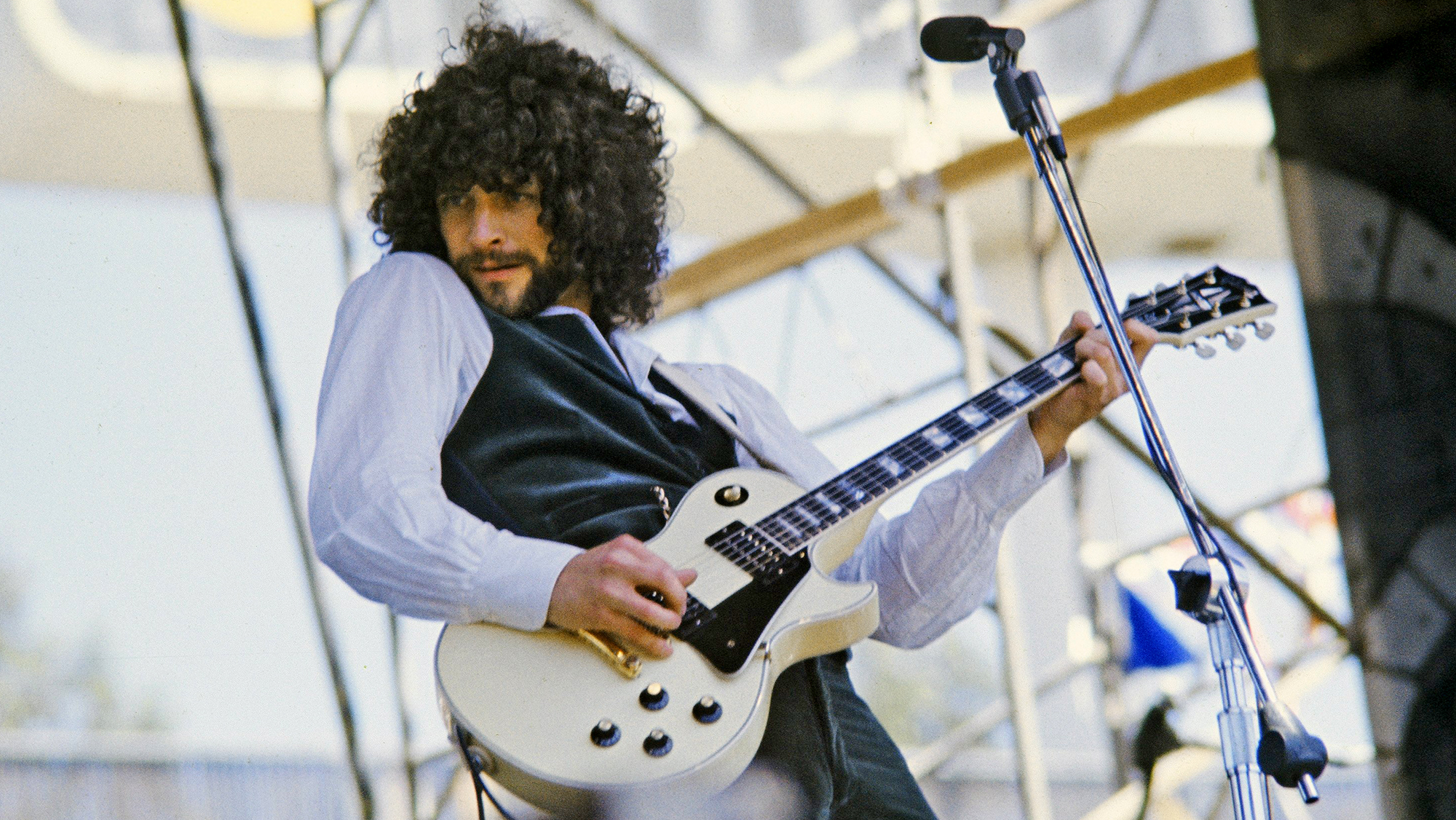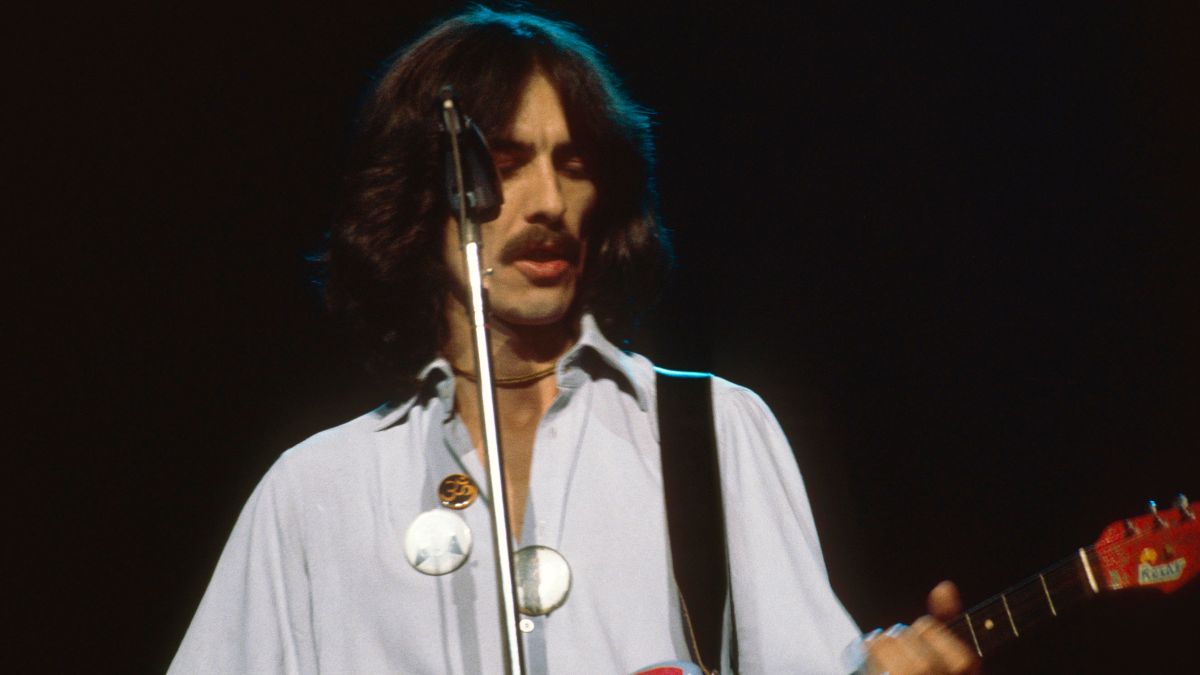“I’ve never felt any need to try to fit into anyone else's shoes. I just do what I do.” Lindsey Buckingham on joining Fleetwood Mac with Stevie Nicks and cutting their breakthrough hit album 50 years ago
The uniquely gifted guitarist helped lead the storied blues group formed by Peter Green to become one of the biggest hit acts of the 1970s

Fleetwood Mac was a storied group with an eight-year history when Lindsey Buckingham and Stevie Nicks joined them in late 1974. The group was founded by guitarist Peter Green, bass guitarist John McVie and drummer Mick Fleetwood after the trio departed John Mayall’s Bluesbreakers in 1967. The band eventually added McVie’s then-wife Christine on as keyboardist and singer, and endured several lineup changes through the early 1970s.
But aside from a few Green-era singles — including “Albatross,” “Oh Well” and “The Green Manalishi (With the Two-Pronged Crown”) — and 1973’s “Hypnotized,” cut by the group with guitarist/singer Bob Welch, they never enjoyed mainstream success.
That all changed once Buckingham and Nicks joined. The debut album from this lineup, 1975’s Fleetwood Mac — now celebrating its 50th anniversary — would make them one of the 1970s’ most famous hit groups and pave the way for its smash followup, 1977’s Rumours.
It was shortly before Rumours’ release that Buckingham sat down with Guitar Player for what would be an increasingly rare press opportunity with the guitarist. His conversation with Dan Forte was among the first to detail not only how he and Nicks came to join the group but also his gear in his early years with the Mac.
The story behind Fleetwood Mac’s most successful lineup is legendary. After playing with their group Fritz for years, Buckingham and Nicks tried to make a go of it on their own. In 1973 they recorded their sole album, Buckingham Nicks, using a lineup of studio musicians that included guitarist Waddy Wachtel, who would go on to be Nicks’ main man in her hugely successful solo career.
The album was tracked by engineer Keith Olsen at Sound City studio, in San Fernando Valley. Everyone involved loved what they had created, but the album — which is slated for a deluxe reissue from Rhino this fall — failed to make a dent upon its release in September 1973.
Roughly a year later, Mick Fleetwood was looking for a studio in which to record Fleetwood Mac’s followup to Heroes Are Hard to Find. He visited Sound City, where he got his first listen to Buckingham and Nicks.
All the latest guitar news, interviews, lessons, reviews, deals and more, direct to your inbox!
“About two months before we ended up cutting Fleetwood Mac [in January/February 1975], Mick was looking for a studio to use,” Buckingham explained. “Someone haphazardly turned him onto this place in San Fernando Valley called Sound City. So he talked to Keith Olsen out there, and Keith put on ‘Frozen Love’ from the Buckingham Nicks album to show him what the studio sounded like and what his work was like.”
Fleetwood loved what he heard in the duo’s music and performance, although as Buckingham explained to GP, the drummer wasn’t shopping for new musicians. Fleetwood Mac was intact at that point with guitarist and frontman Welch. “[Olsen] wasn't trying to showcase us,” Buckingham said, “because Bob Welch was already in the band at that time.”
That changed in just a matter of days.
“A week later Welch decided to leave the group, and Mick just acted intuitively and called up Keith to get in touch with us,” Buckinham explained.
Buckingham and Nicks had dinner with Fleetwood and the McVies, and by the end of the evening were invited to join the band and start recording on a tight schedule.
“We rehearsed for about two weeks and then just cut the LP,” Buckingham stated.
The guitarist was certainly familiar with Fleetwood Mac’s music. “Peter Green, oddly enough, had a little bit of influence on me,” he says. “I really liked his style of playing where a few notes mean a lot — even one note.”

That style would typify Buckingham’s tastefully minimal approach to performing solos and fills. At the same time, he said he felt no pressure to live up to any period of Fleetwood Mac’s history.
“There was never any conscious effort to try to fit into their styles other than, say, doing their [old] songs onstage,” he said. “But even so, I didn't listen to those records and try to copy what was on them. We just started playing, and that was what came out.
“I’ve never felt any need to try to fit into anyone else's shoes. I just do what I do, whatever. Maybe one of the reasons Fleetwood Mac has been able to survive for so long is that they've been able to change.”
On the recording of Fleetwood Mac, Buckingham used a Fender Stratocaster for his electric work. “Before I joined the band I'd been playing a Stratocaster, which I love dearly, but for some reason it didn't sound quite full enough live,” he said.
Onstage, Buckingham favored the white 20th anniversary model Gibson Les Paul Custom he was frequently photographed with at the time. The Strat would be set aside and used only for the Fleetwood Mac hit “Over My Head.” “I keep it tuned to open D onstage for ‘Over My Head,’” Buckingham said.
Sometime after recording Fleetwood Mac, Buckinham had Rick Turner from Alembic install his Stratoblaster onboard preamp booster in the guitar. His Turner-modified Strat, with the Stratoblaster gain at maximum and played through Hiwatt Custom 100 amps, would go on to become the celebrated guitar sound on Rumours.
"I still use a Stratocaster more in the studio than the Gibson,” Buckingham explained to GP, "but the Les Paul seems to be a very good, basic, solid stage guitar with a lot of output and fullness. I'm really happy with it."
He also required an acoustic guitar for live performances of the “Landslide,” the Stevie Nicks composition that became both a hit and a signature tune for her in the group.
“For ‘Landslide’ my acoustic is an Ovation onstage, although I used a Martin D-18 on the recording,” Buckinham said. “The Ovation's got a built-in pickup; it's great. It doesn't really sound like an acoustic guitar, but it works so much better live than to mic a real acoustic.”

Around the time of this interview, and following the recording of Rumours, Buckingham switched from Hiwatts to Marshall Plexi 1959SLP heads.
“I used to use Hiwatts, but they all of a sudden somehow became real dirty-sounding,” he explained. “So I got Marshall 100-watts, and they seem to have a lot of bite. I use these tape recorder guts for fuzz.”
An important part of his sound back then resulted from the preamp from a Sony two-track tape recorder that he used in front of his amp.
“When I got out of Fritz and started doing lead, I bought a Sony 630 tape recorder deck for demo tapes,” he said. “Then I got an Ampeg four-track and started using the Sony two-track for slap echo and effects like that with the preamp output of the deck into an amp. It's just an amazing fuzz device.
“Since then I've taken the guts out of the preamp and put them in a little box, and that's what I use both onstage and in the studio. I also use a Roland Space Echo and a Cry Baby wah.”
But the gear meant nothing without Buckingham’s technique, and background, which was itself unusual for a guitarist in 1970s rock. He grew up in the early 1960s during the folk boom.
“I listened to stuff like the Kingston Trio and Ian and Sylvia, which didn't highlight any really hot guitar,” he said. “I listened to Chet Atkins a little bit. The Travis, three-finger picking pattern got me into what I'm doing now.”
Buckingham was referring to his deft use of fingerpicking, which continued through his career in rock and became a hallmark of his playing style.
“That's the funny thing — I still don't use a flatpick,” he said. “I always use my fingers onstage; I kind of thrash out the lead with my fingernails. I don't use any picks at all, just the bare meat. My fingernails take quite a pummeling sometimes, but it's just something you get used to — I've got a lot of calluses on the ends of my fingers. The only time I ever used fingerpicks was for bluegrass banjo, but I never used a flatpick for anything.”
Christopher Scapelliti is editor-in-chief of GuitarPlayer.com and the former editor of Guitar Player, the world’s longest-running guitar magazine, founded in 1967. In his extensive career, he has authored in-depth interviews with such guitarists as Pete Townshend, Slash, Billy Corgan, Jack White, Elvis Costello and Todd Rundgren, and audio professionals including Beatles engineers Geoff Emerick and Ken Scott. He is the co-author of Guitar Aficionado: The Collections: The Most Famous, Rare, and Valuable Guitars in the World, a founding editor of Guitar Aficionado magazine, and a former editor with Guitar World, Guitar for the Practicing Musician and Maximum Guitar. Apart from guitars, he maintains a collection of more than 30 vintage analog synthesizers.
- Dan ForteFormer Assistant Editor/Editor At Large at Guitar Player

